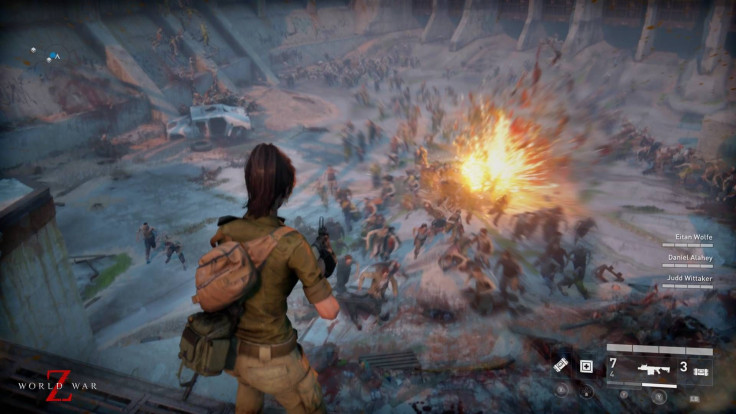Another good Vulkan title to add to the books.
Higher-end AMD graphics cards have always been quite hit-or-miss for the past few years now. This is most likely due in part to the existence of APIs, of which Microsoft’s DirectX12 is dominating, and of which we see relatively higher performance from Nvidia. Since the release of the Vulkan API back in 2016, and its successful implementation in Doom, it has been an interesting time for AMD GPUs.
The recent World War Z offers phenomenal support for the Vulkan API. This performance bump also works wonders if you own a higher end Radeon card, like the RX Vega 64, because it will most likely produce better performance on the API than its expensive Team Green counterpart, Nvidia’s RTX 2080.
The benchmarks published by GameGPU also state that the Radeon VII, currently Team Red’s flagship model, also beat Nvidia’s GeForce RTX 2080 Ti by a huge margin.
For basic 1080p gaming, it’s clear that AMD is the winner in the Vulkan API test, with all three Radeon cards scoring higher frame rates than Nvidia’s GeForce RTX 2080 Ti. Even the significantly cheaper RX Vega 56 showed off its potential, getting 149 frames per second over Nvidia’s GeForce RTX 2080.
Cranking up the resolution to 1440p closes the gap, however. It would seem that once you increase the resolution values, Nvidia starts to show its lasting power. This will have some bearing to how you should adjust your settings.
4K gaming is still Nvidia’s forte, however, if we look at the chart, all three of Radeon’s higher-end cards still follow closely after Nvidia’s GeForce RTX 2080 Ti.
It would also be good to test out which API performs better for you, if you have the game. As I own an Nvidia card, I found that I had much better performance with Vulkan for 1080p gaming, which is quite nice.
Clearly, implementing Vulkan is the way to go if you have an AMD card. The API is expected to improve more and more as the technology goes up, and with AMD’s Navi refresh just around the corner, it would not be surprising to see more games implement the open-source API over Microsoft’s licensed DirectX.

















